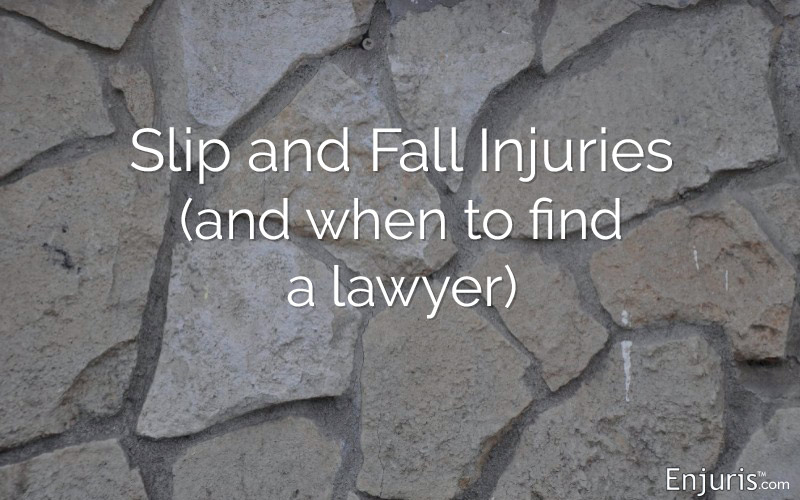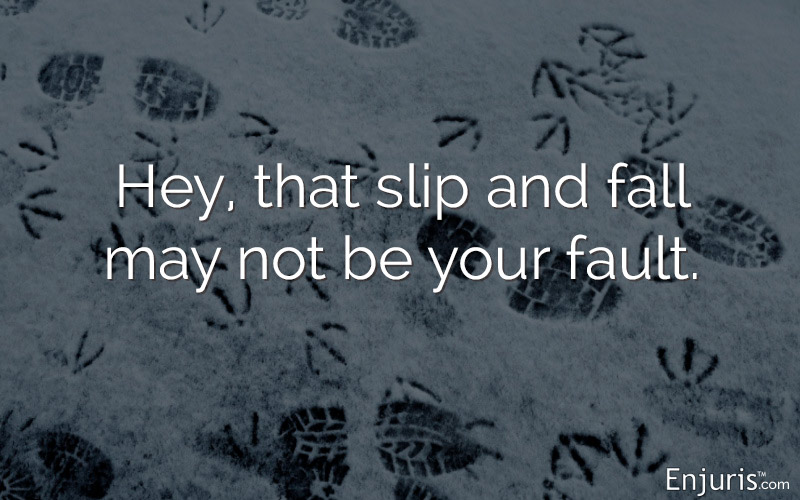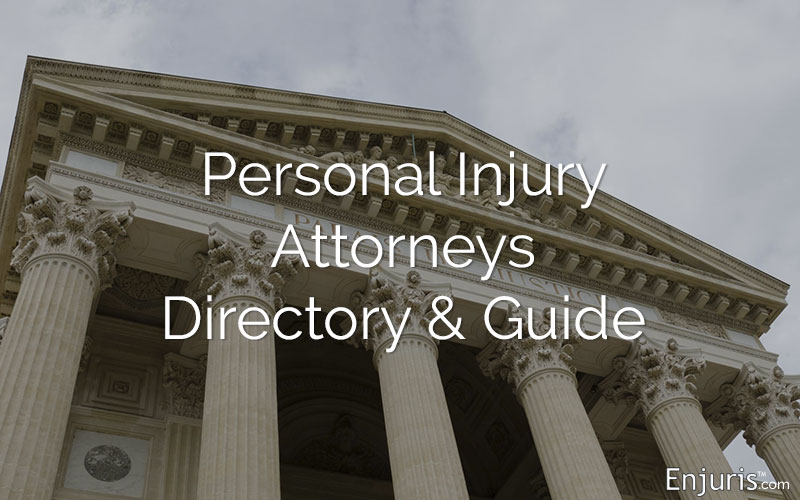Learn about the status of visitors, duty of care, foreseeability and reasonableness
What most law students remember learning about premises liability is a case involving a trespasser and a rigged shotgun.
The case is Katko v. Briney, and the basic facts were that Briney inherited an old farmhouse that he let sit abandoned for 10 years. However, he didn't want anyone taking his possessions, so he set up a trap for anyone who tried to break inside: a rigged shotgun aimed at their legs.
Katko broke into the farmhouse and sustained devastating wounds at point-blank range.
The issue was whether an owner of an empty, boarded-up farmhouse could use deadly force to protect against trespassers, and the court decided that he could not. Though a homeowner doesn't have to make the home safe for trespassers, he could not use deadly traps against them.
When asked how he would've handled the situation differently, Briney said he would've aimed the gun a few feet higher.
This might not sound like it has much to do with premises liability as a whole. However, Briney owned the premises and had a duty to keep it safe – in some respects – for those who entered it. Even though Katko was a trespasser, Briney still owed him a duty of care.
Premises liability basics
The owner of a piece of immovable property can be held responsible for injuries suffered by those who are present on the premises. The people who are on the premises are visitors, and they are classified as licensees, invitees or trespassers.
Licensees: This is a person to whom a license is granted. He or she is licensed to remain on the property with the owner's consent.
The owner has a duty to warn the licensee of any dangers known to the owner but not to the licensee.
Invitees: These are given express or implied invitations by the owner, either for some mutual benefit or something that is being conducted on the property itself. This status is not absolute and is limited by the scope intended by the landowner. An invitee is offered the utmost duty of care, however. If an invitee sneaks off to a purposefully excluded area of the property, however, her invitee status may be revoked.
Trespassers: A trespasser enters onto a landowner's property for his own advantage and purpose, without the landowner's permission or knowledge. As we learned in the Briney case, the landowner owes a duty not to injure or cause injury to the trespasser. However, he's not under a duty to keep his land in reasonable condition for the trespasser or let him know of hazardous areas.
If the landowner constantly uses one section of the land for setting garbage fires and he knows the trespasser goes there a lot, however, he would be under a duty of ordinary care to let him know.
Generally, a trespasser trespasses at his own peril. However, the discovered trespasser rule states that a landowner must exercise reasonable care for a trespasser's safety once his presence is known.
So why do I care?
Premises liability is important to understand, whether you're injured in an accident on someone else's property or you're the property owner.
Do you know what your liability is if the mailman trips on your front steps? What about the neighbor's child who chases a ball over your fence and falls into a hole in your yard?
Liability in these instances is based on reasonableness and foreseeability:
- Was the accident foreseeable? "Foreseeability" is the standard used to determine whether the average person would've known or anticipated the possibility of that particular accident happening.
- Did the owner make a reasonable effort to warn visitors of a dangerous condition? For example, if you walk into a supermarket and there are brightly-colored cones indicating a wet floor, that's a reasonable effort by the owner or manager to warn you about a potential slipping hazard.
- Why was the person on your property and how were they using it? Here's the difference between the mailman and the neighbor's child. The mailman is an invitee; he has an implied invitation to be on your property for a specific purpose as part of his job and your benefit. You owe the mailman a duty to ensure his safety on your property. If your steps are cracked or broken, for example, it's your responsibility to warn him of the dangerous condition.The child could be considered a trespasser because he wasn't invited and was there without your permission or acknowledgment. As mentioned above, you have a duty not to purposely harm him, but you're not responsible for his safety. If he falls in a hole that wasn't marked or blocked, you wouldn't bear liability for his injuries.
Often, a situation involving reasonableness and foreseeability is complicated because these standards can be subjective, or based on a person's opinion.
Consider this: You're throwing a party. The door jam of your front door is sticking up from the floor, and you're aware that someone could trip as they walk in. You tried to nail it down before your guests arrived, but it popped up again. Since you were unsuccessful at making it safer, you decide to just warn your guests to watch their step as they enter. You shout to each guest to watch their step at the door, but the music gets loud and one person doesn't hear you. She trips and is injured as she walks over the threshold. Was your spoken warning reasonable to prevent the injury? If a premises liability lawsuit were to come out of this incident, it would be up to a jury to decide on the reasonableness of your warning to prevent an injury.
What about kids?
Children are different. Since they don't have the capacity to understand property dangers as much as adults do, they are granted a higher duty of care. That duty of care is in proportion to their ability to foresee danger. (For instance, a four-year-old child doesn't really understand that she should stay away from construction equipment.) The liability of a property owner is still determined by the ordinary rules of negligence.
Tweet this
However, then the law of attractive nuisance comes into the picture. Kids can be… well, not so smart. We love them anyway, but they are distracted by bright, shiny objects and big things that they can play with.
The law of attractive nuisance says that a property owner is liable for physical harm to trespassing children – regardless of their status as trespassers – if there is a hazardous condition or object on the land that kids can't appreciate because of their age.
Basically, landowners have to not injure children because of gravel pits, swimming pools, leaky refrigerators, abandoned cars and whatever else can injure children on someone's property. If something big and "attractive" is there, they have to take steps to mitigate the potential danger.
What about slip and falls?
Now we come the most famous of premises liability cases, the slip and falls. There are so many premises liability cases – dog bites, snow and ice accidents, elevator accidents, amusement park accidents, toxic fumes, swimming pool accidents – but slip and falls take the cake.
Let's say you rent an apartment and also have a parking space out front. There was a snow and ice storm, and your landlord hasn't plowed your parking lot yet. Out the window, you can see the mailman struggling to reach your mailbox.
Then – BOOM. He goes down! You rush outside to see him flailing on the ground like a turtle, and he says, "Ow, my back! I fell on the ice! I can't believe you haven't taken care of this yet!"
The words tumble out of your mouth: "I'm so sorry!" Pause.
First of all, your landlord was the one responsible for taking care of this invitee. If your contract stipulated that your landlord was the one to plow the snow, then he was the one to take care of the ice.
As such, he is the one responsible for taking care of the mailman and his injuries. Additionally, you're a renter. You don't own the property.
Slip and falls are very common and always take a bit of thinking because you have to figure out whose property it was, what the person's status was (invitee, licensee or trespasser) and what duty the landowner owed that individual.
A good attorney can help you figure this out. If you've been in a slip and fall or some other premises liability case, consider taking a look through the Enjuris law firm directory for help!
- 5 Tips to Help Prevent Slip and Fall Accidents at Work
- A Guide to Roller Coaster Accident Lawsuits
- Dog Bite Injury Lawsuits & Your Legal Rights
- Guide to Negligent Security Lawsuits
- Guide to Slip and Fall Injury Lawsuits
- Helping the Elderly Avoid Injuries from Slip and Fall Accidents
- How Does the Presence of a “Wet Floor” Sign Impact a Slip and Fall Claim?
- How to Find the Right Premises Liability Attorney for Your Claim
- Proving Fault in a Slip & Fall Injury
- Restaurant Liability: Suing a Restaurant for an Injury
- Slip and Fall FAQ: Answers to Your Top Questions
- Slip and Fall Statistics on Injuries
- Stair Accidents: Statistics, Liability and Slip and Fall Lawsuits
- Swimming Pool Accidents, Injuries & Deaths
- Trampoline Injuries, Accidents & Lawsuits
- What You Need To Know About the Attractive Nuisance Doctrine
- When a Cash Machine Bites Back: Liability for Injuries from ATMs
- When is a College or University Liable for a Student’s Injury?
Did you know that premises liability law varies by state?

Slip and fall statistics on injuries
Slip and fall statistics show they are among the most common types of accidents. Did you know that up to 50% of all accidental deaths in the home occur because of a slip and fall? Dealing with a slip and fall is actually far more complicated than you might think. Read more
















